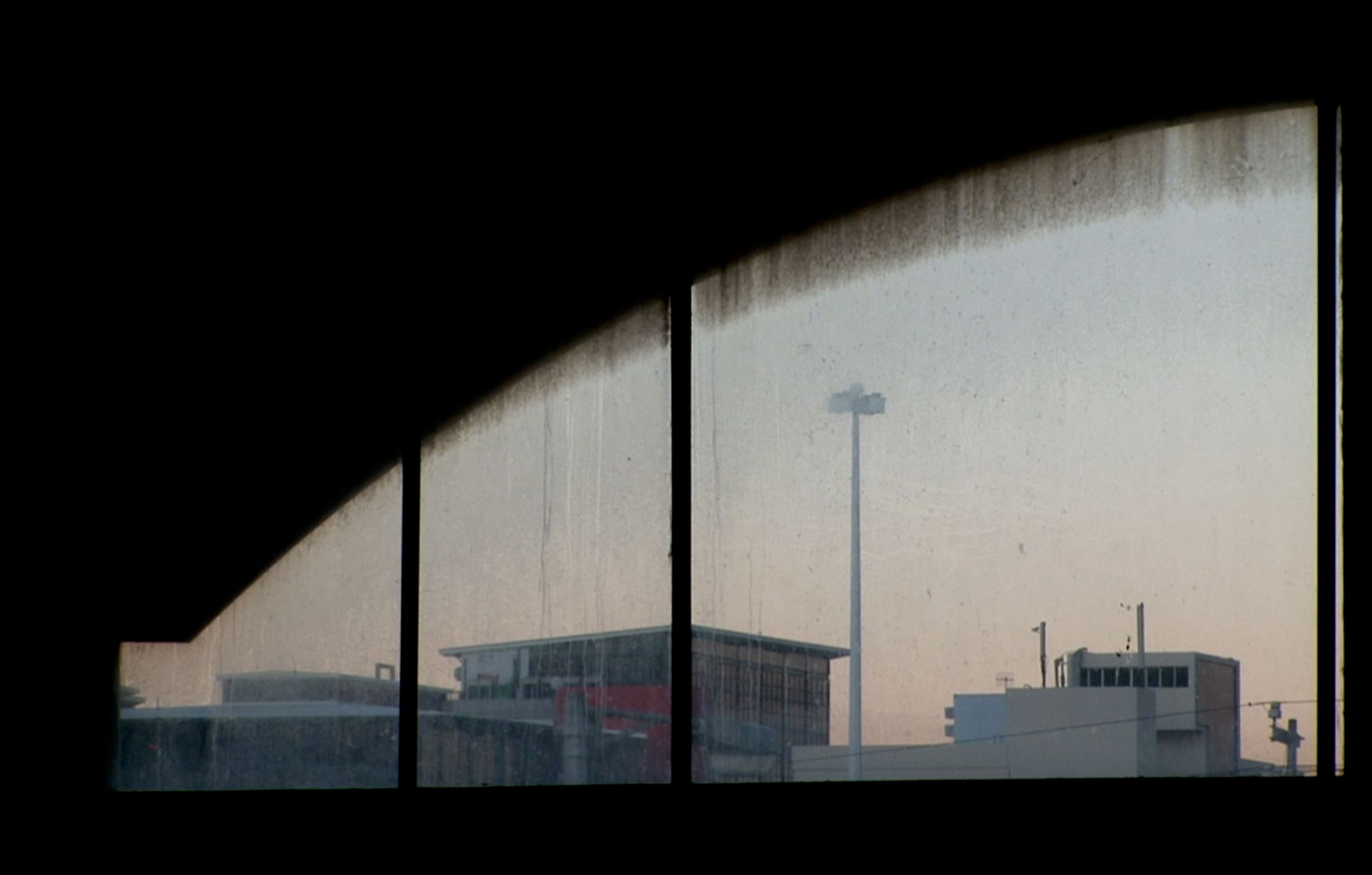James Webb

"Le Marché Oriental is a social and spiritual record of a place that is gone. In 2008, on the fourth day of Ramadan, James Webb invited Sheikh Mogamat Moerat of the Zeenatul Islam Masjid mosque next door to the already abandoned Oriental Plaza in District Six to sing the adhan (call to prayer). The building was demolished soon after. Similar plazas, all bearing the same moniker, were built in cities across racially segregated South Africa under apartheid. Grouped as ‘oriental’, these plazas centralised control over Islamic traders. At this Cape Town location, many of the shopkeepers retained links to District Six, which was systematically razed, beginning in 1968 and continuing throughout the 1970s. While it stood, the plaza indelicately connected people and services, performing as a synthetic substitution for the social fabrics of communities rent apart by forced removals. The call to prayer witnesses its close."
– Sightlines wayfinder
b.1975, Kimberley
There is in James Webb's work a gestural eloquence in form and thought, a distillation of idea akin to haiku. While his primary medium is sound, the artist suggests that “listening and doing nothing” perhaps better describes his preoccupations. “Listening,” Webb says, “is a very hard thing to do. It’s about paying attention, and being open to the unknown.” Indeed, he is no stranger to the unknown, inviting such themes as the occult and spiritualism into his work. Attuned to the poetics of the ordinary and understated, his work draws attention to the numinous in the normal. With objects minimal and more often monochrome, Webb lends to his sounds a material housing. Some he allows to exist as only aural offerings – birds calling from trees, voices singing under bridges. Few remain silent yet are all the more compelling for their quiet. An unseen stranger coughs in the gallery, a voice directs a series of questions to five litres of Nigerian crude oil – “What do you remember of prehistoric sunlight?” – a microphone records its journey to the bottom of a mine shaft, a broken clock becomes obscure religious symbol.